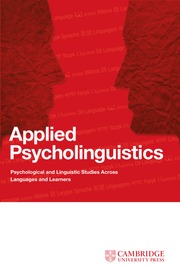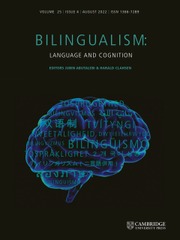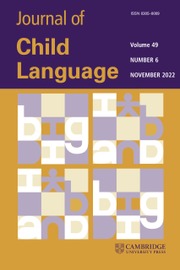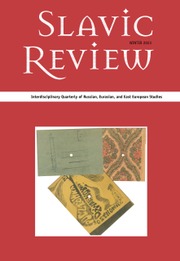Direct Objects and Language Acquisition
Direct object omission is a general occurrence, observed in varying degrees across the world's languages. The expression of verbal transitivity in small children begins with the regular use of verbs without their object, even where object omissions are illicit in the ambient language. Grounded in generative grammar and learnability theory, this book presents a comprehensive view of experimental approaches to object acquisition, and is the first to examine how children rely on the lexical, structural and pragmatic components to unravel the system. The results presented lead to the hypothesis that missing objects in child language should not be seen as a deficit but as a continuous process of knowledge integration. The book argues for a new model of how this aspect of grammar is innately represented from birth. Ideal reading for advanced students and researchers in language acquisition and syntactic theory, the book's opening and closing chapters are also suitable for non-specialist readers.
- A new analysis of object omission across languages, making concrete predictions that can be further tested
- Brings together lexical, syntactic and pragmatic consideration to the acquisition of direct objects
- Includes ideal pedagogical material for courses at various levels
Reviews & endorsements
'This is an admirable example of how a sophisticated analysis of a narrowly defined and partly even invisible phenomenon can reveal deep insights into language acquisition, with wide-ranging consequences for syntactic theory. As such, it is also a demonstration of how acquisition research can inform grammatical theory. Beautifully written, this book is therefore highly recommended to a readership not only interested in language acquisition but also in syntactic theory.' Jürgen Meisel, University of Hamburg
Product details
October 2020Paperback
9781108941013
249 pages
150 × 230 × 15 mm
0.37kg
Available
Table of Contents
- 1. Missing objects in child language
- 2. From the missing to the invisible
- 3. Rome leads to all roads
- 4. Interpreting the missing object
- 5. How unusual is your object?
- 6. Conclusion.







